TRADITIONAL THEORY FOR ARTISTS AND DESIGNERS.
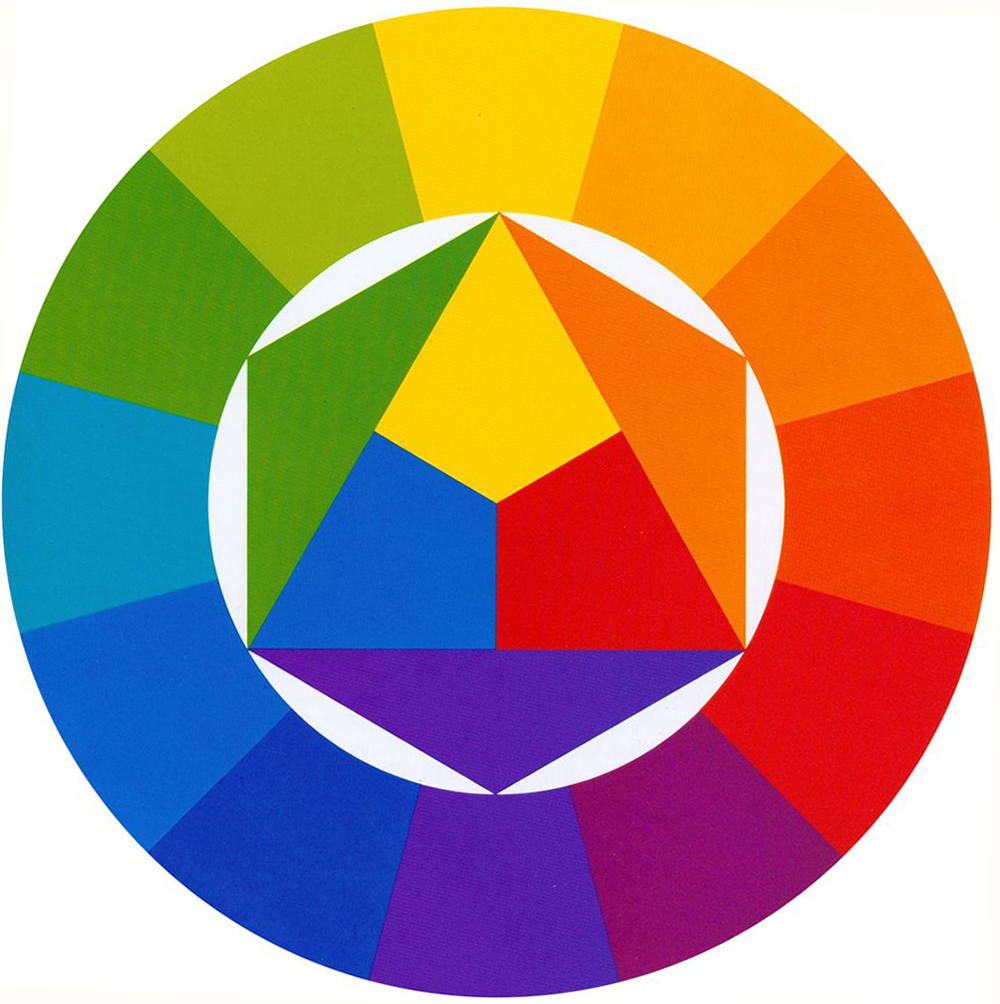
Above,“Farbkreis” from “The Art of Color” (1961), by Johannes Itten, a Swiss painter and theorist who taught at the Bauhaus. This 12-hue circle is made up of three primary, three secondary and six tertiary colors.
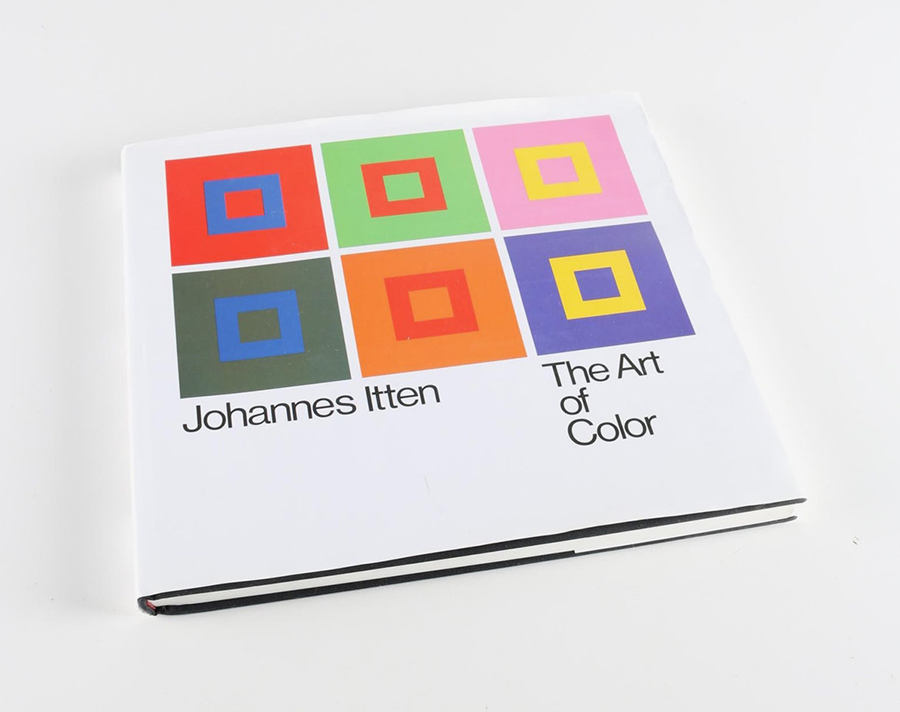
“The Color Star” (1986) has eight disks with cut-outs that can be rotated over Itten’s star to compare colors.
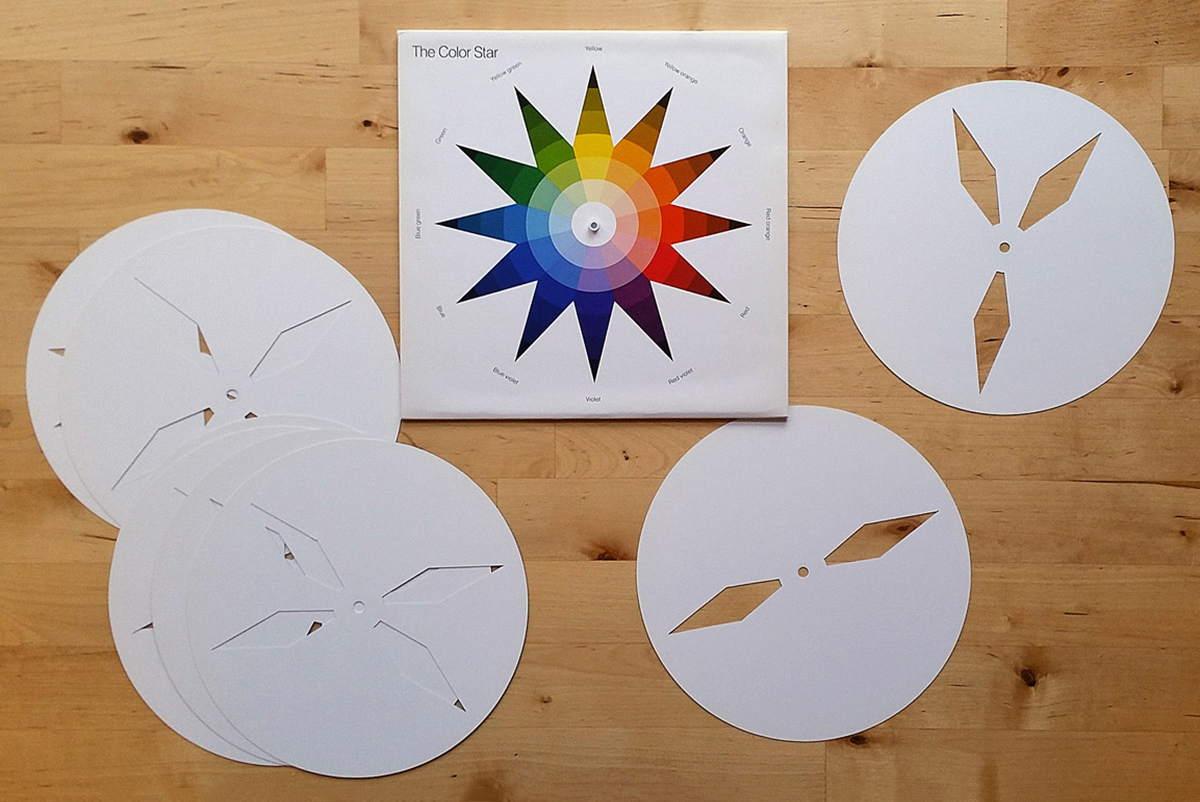
Now we have so many excellent digital color aids, like Adobe Color: https://color.adobe.com/create/color-wheel/
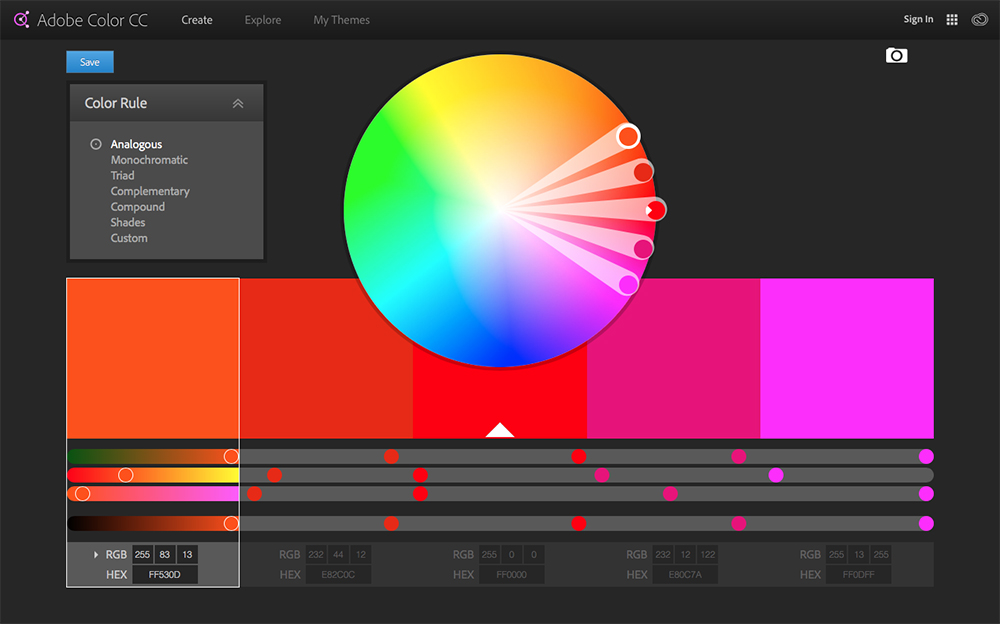
But… I still remember art theory classes way back in art college. They were not that easy (we used to moan about them), but in retrospect, it was important knowledge. The basic concepts: primary, secondary, and tertiary colors (primary and secondary mixed). Hue, saturation, temperature, and so on. I know I sound like a dinosaur (and I do certainly fit that description), but I wish my students had a color theory class. These are valuable lessons to learn.
Color Wheel 101: Complimentary colors are opposite each other. Analagous colors are next to each other. White, which represents all color, is in the center.
Some historical examples:
From “The Natural System of Colors” by Moses Harris, 1776.
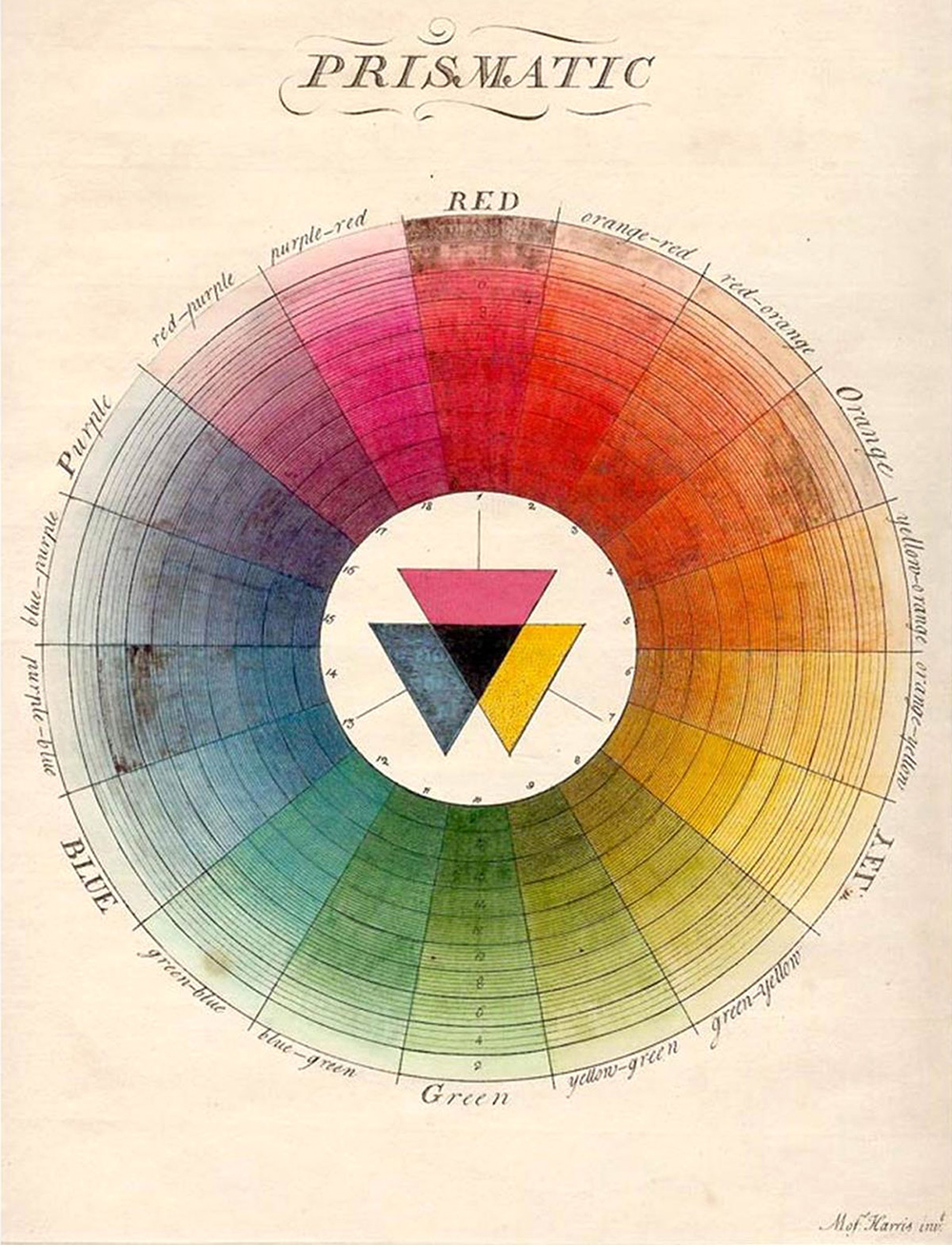
From “Theory of Colors” by Johann Wolfgang von Geothe,1810.
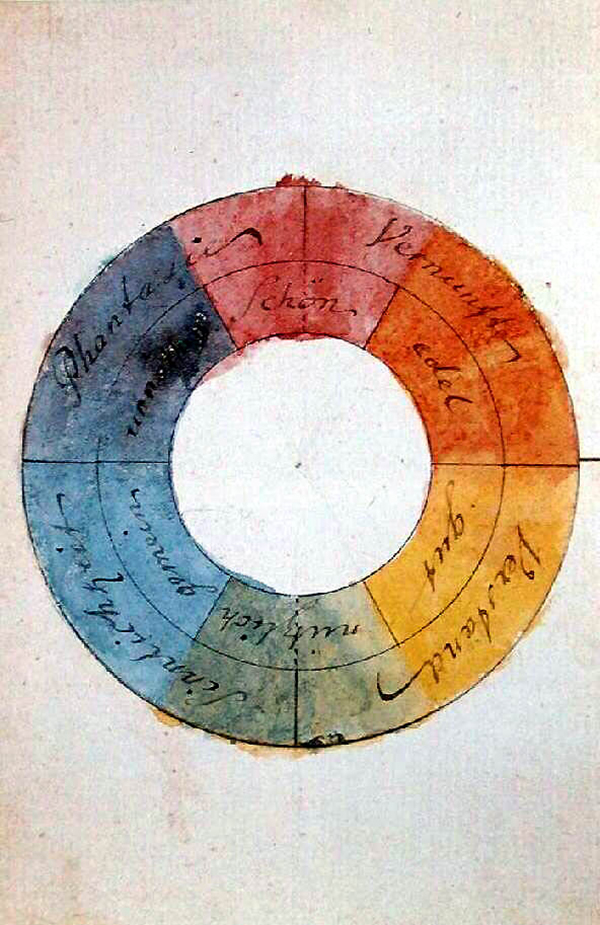
From “The Principles of Harmony and Contrast of Colors” by Michel Chevreul, 1839. A 72-part circle.
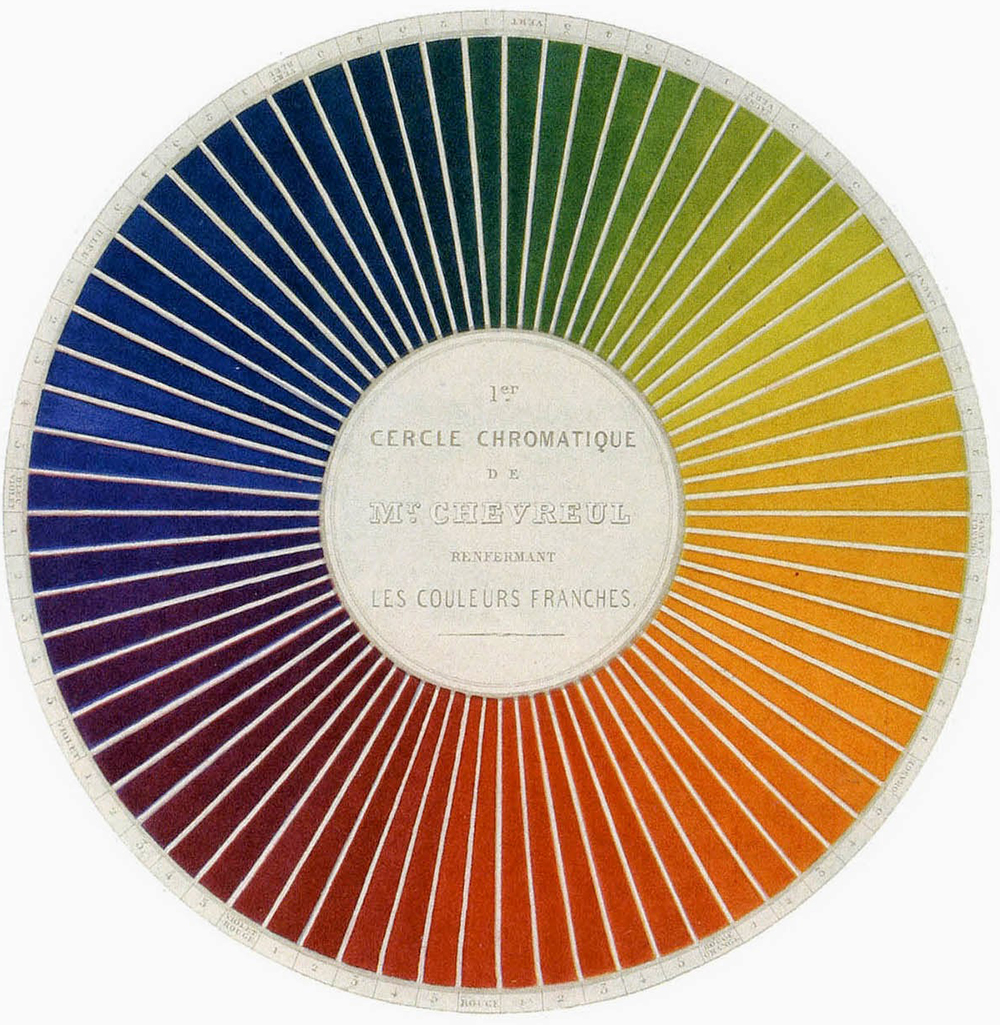
“Color Panel” by Wilhelm von Bezold from “The Theory of Colors in Arts and Crafts,” 1874.
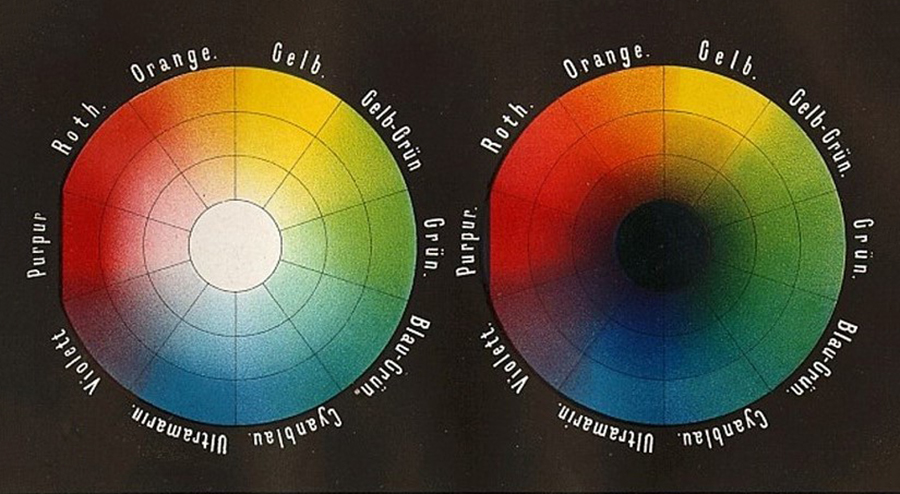
There are many online color wheels like this one, in RGB: goo.gl/xeK49A
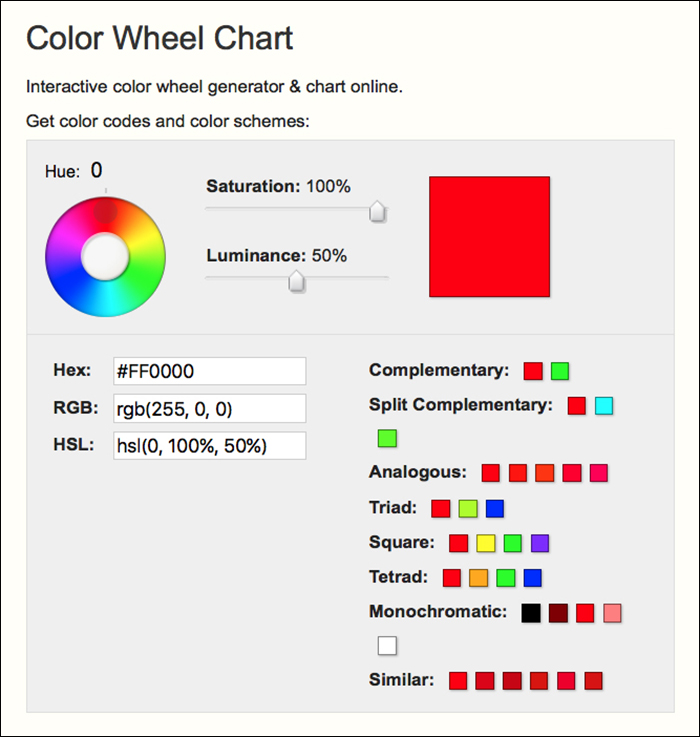
And analog ones are available, like this: goo.gl/CQjvDd
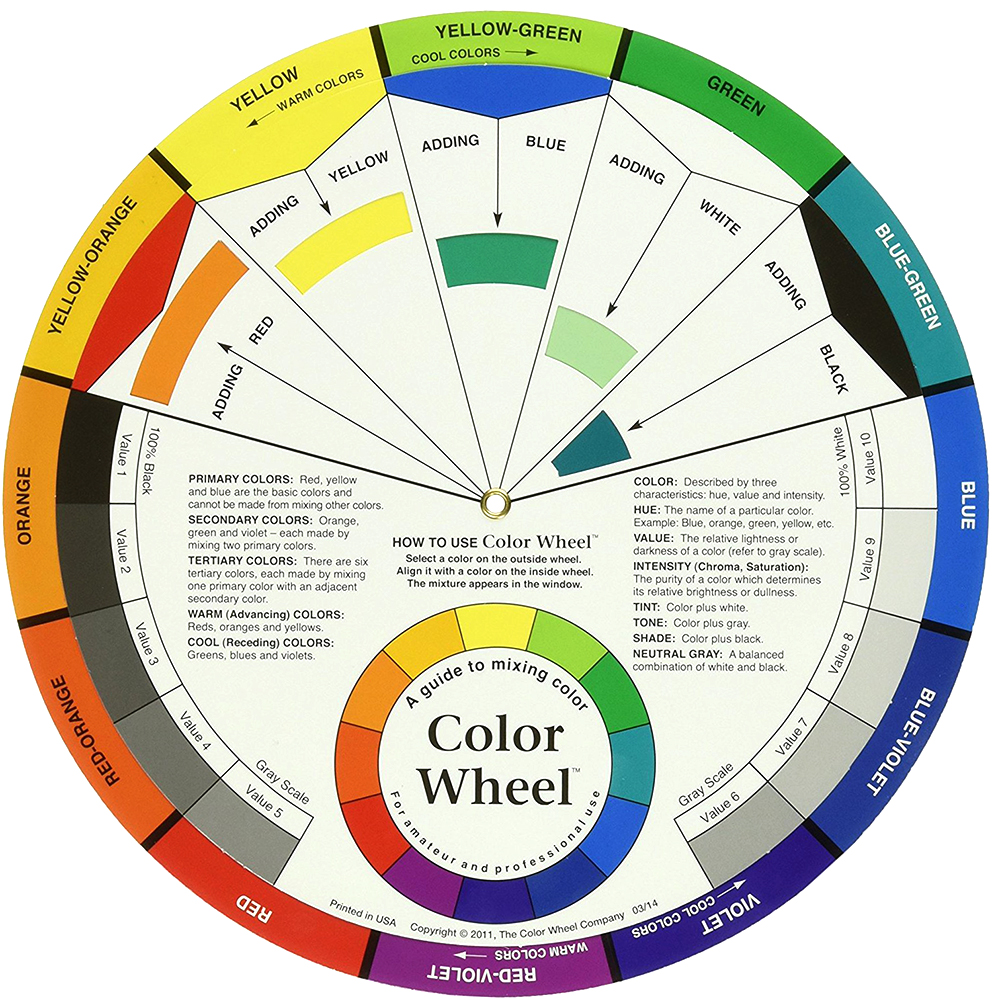
A previous post about the color books used to choose CMYK colors in the pre-computer era: https://wp.me/s7LiLW-cmyk
